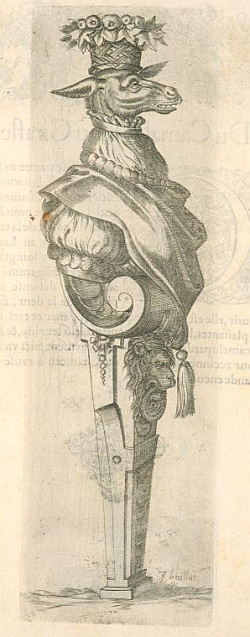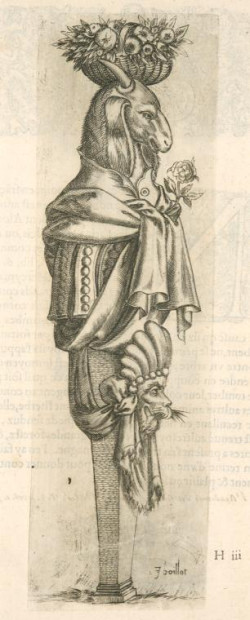"WHILE making the drawings and collecting notes for this work, I tried to choose the subjects which would be of most interest to the greatest number of people.
In an area so crowded as the City of London is with associations - historic, religious, literary, and personal - everything could not be illustrated. Interesting, historically or as types, the subjects must be; if they had any element of the picturesque besides, I tried to retain it; working much in the early morning, when the City wears its fairest looks, before the tide of bustling humanity has filled every street and alley.
In the beginning, my explorations led me into many backwaters, and I wished for a guide to lead me through the maze; erratic excursions made policemen regard me with looks of doubt; but the maze became familiar in time, and constables became interested friends, whose cheerful philosophy lightened many trying hours; my thanks are due to them, and to the citizens, for their unfailing courtesy during the years of my pilgrimage."
Relics & Memorials of London City by James S Ogilvy with 64 coloured plates by the author [published 1910] is posted among the Bolles Collection at the Tufts University Digital Library.
[click on 'images in this document' in the left margin for thumbnail views]































































































